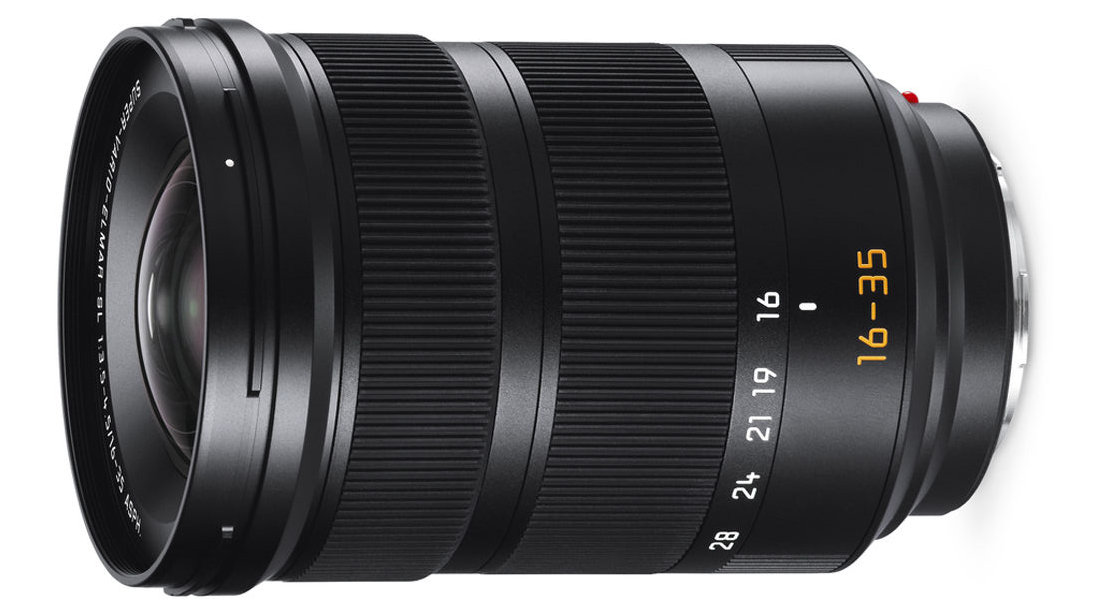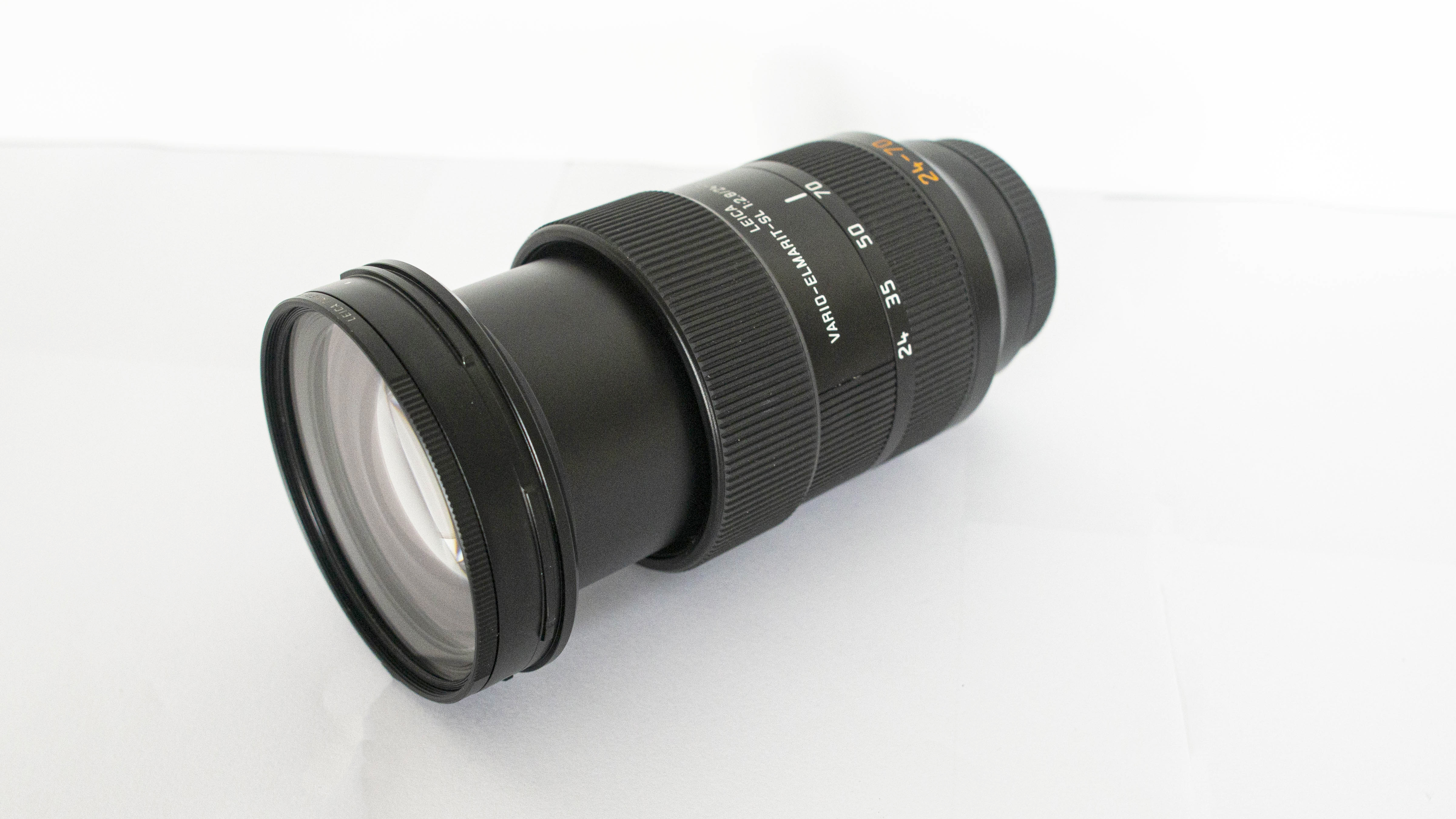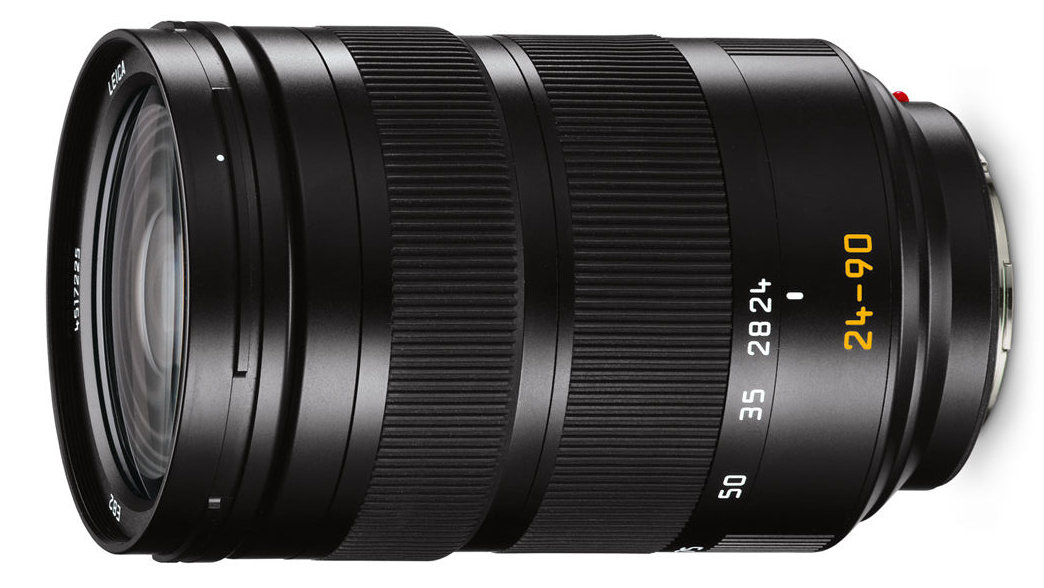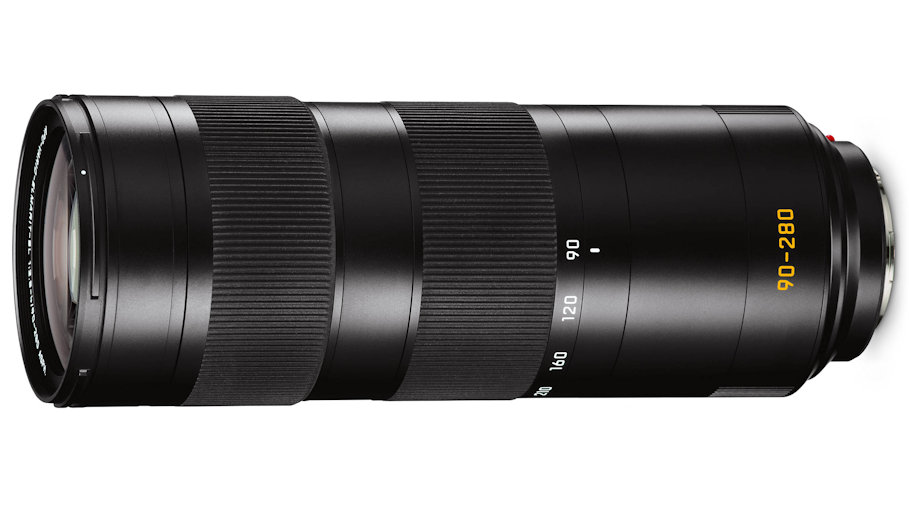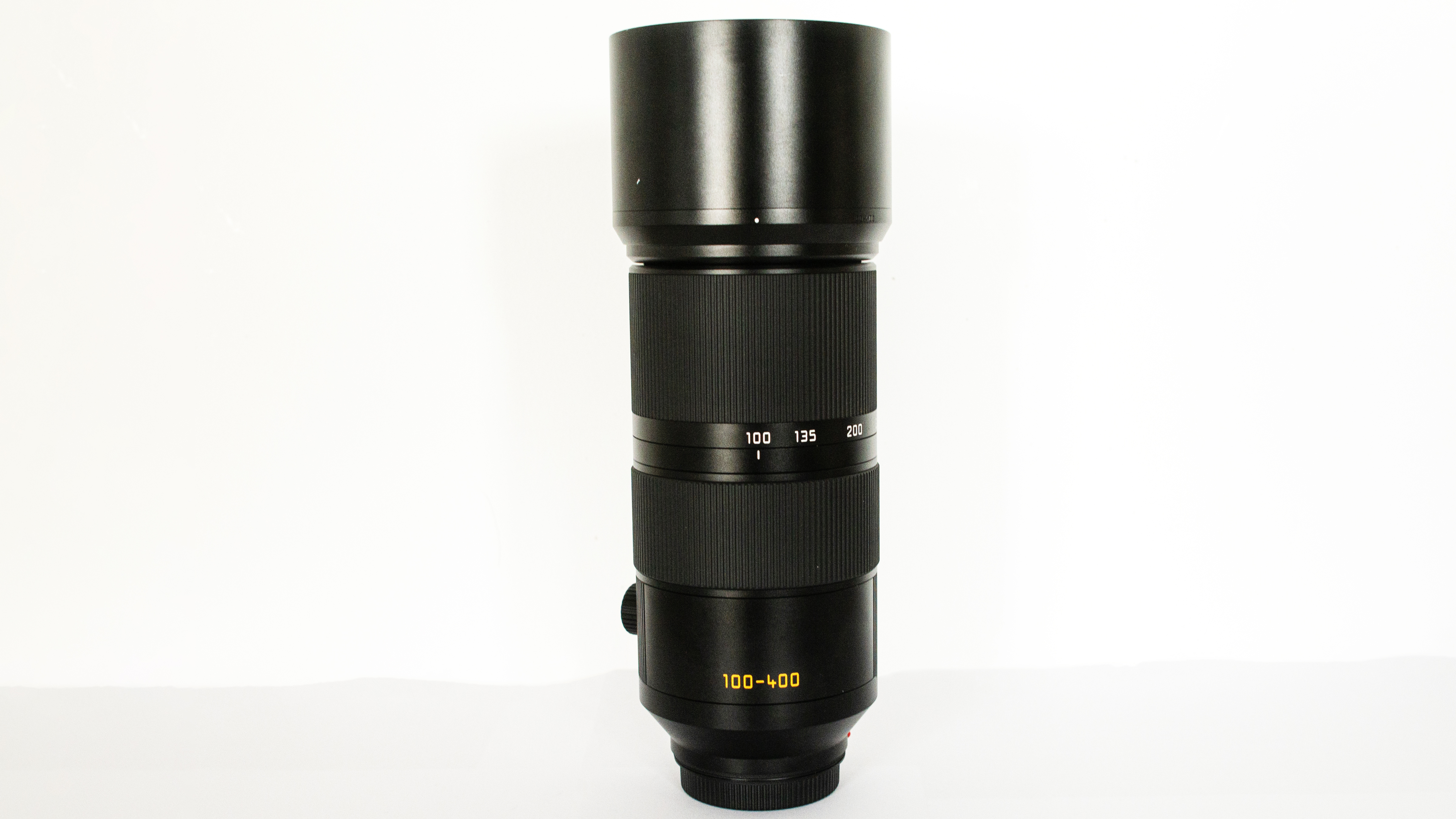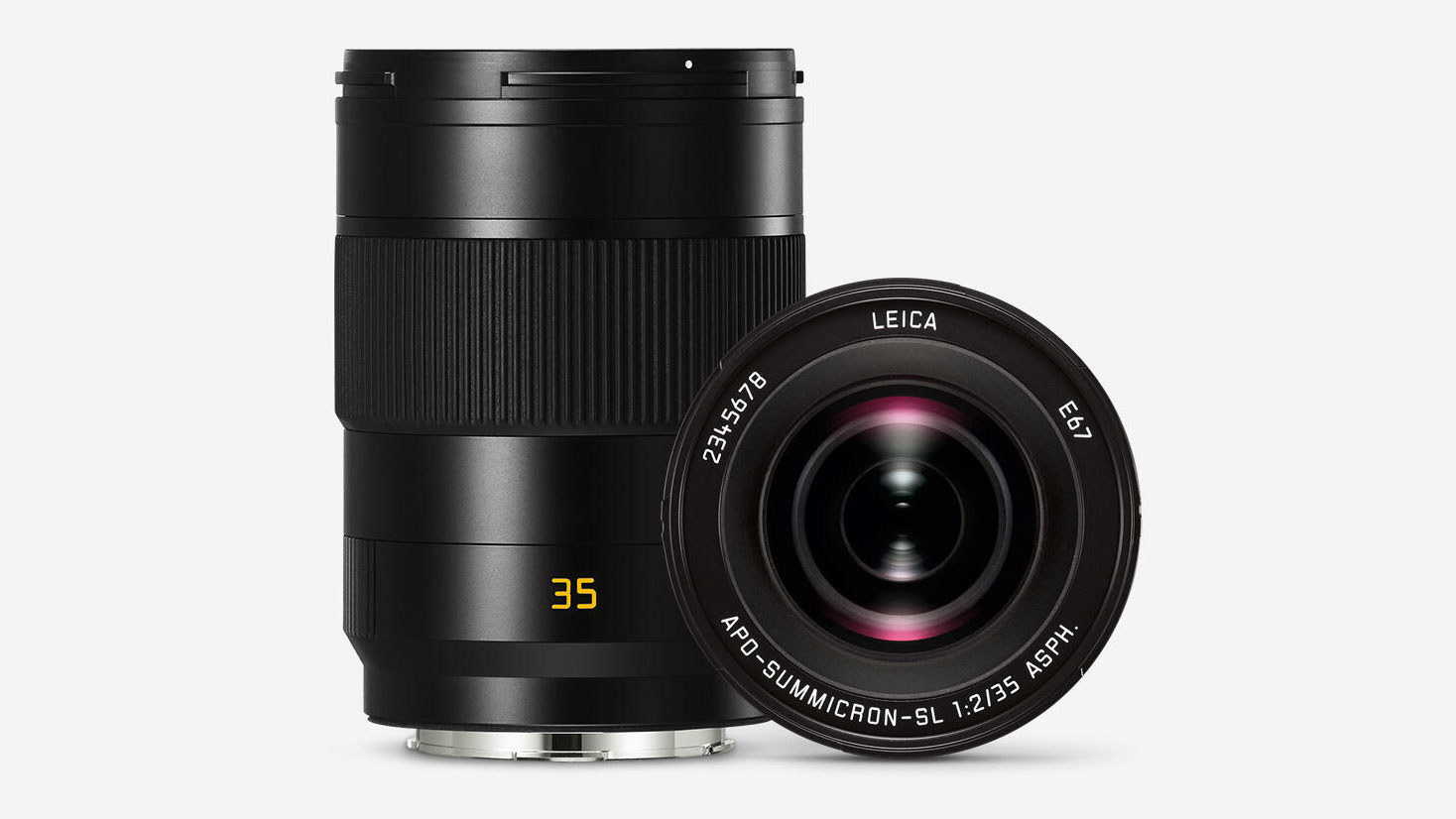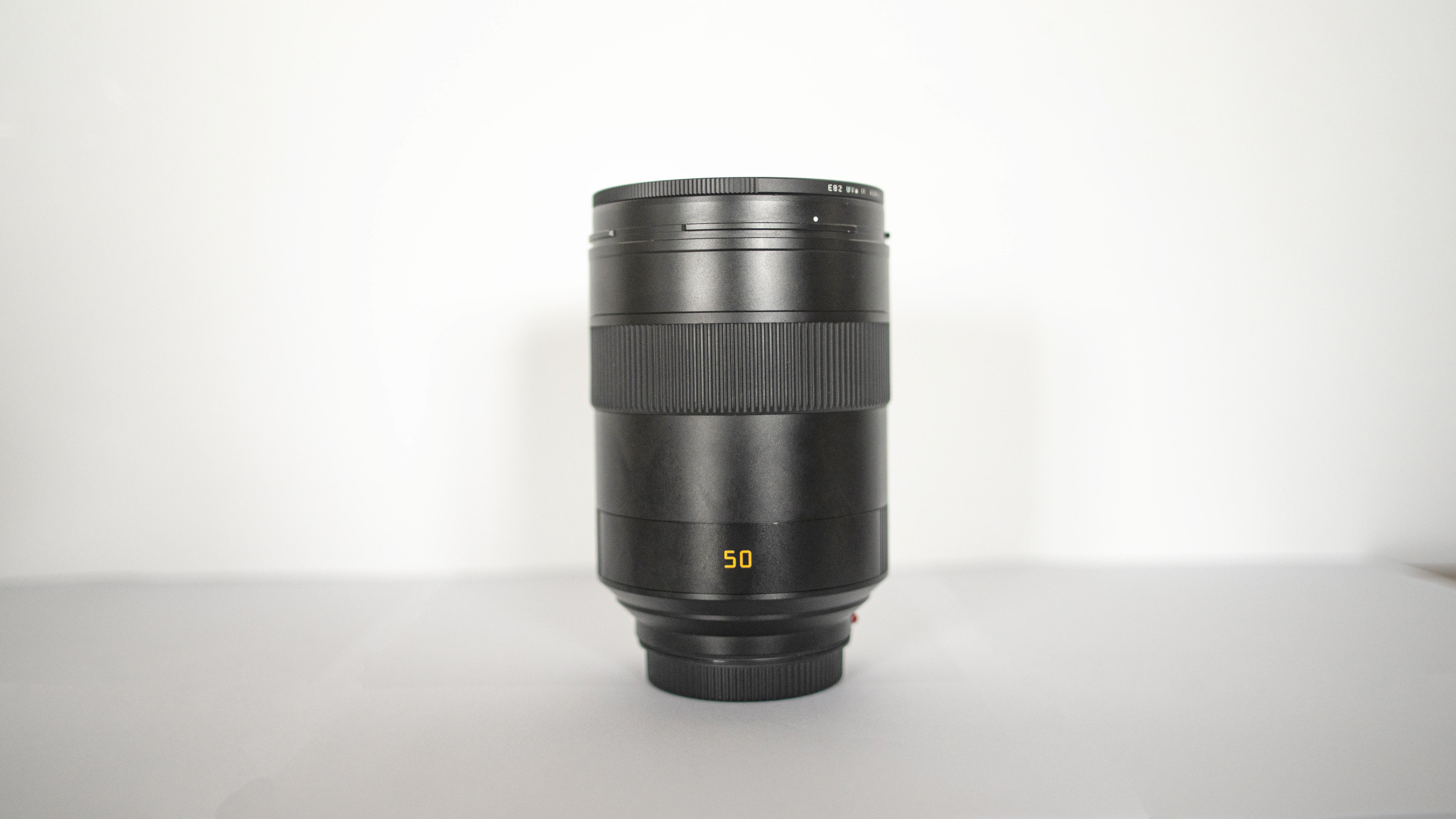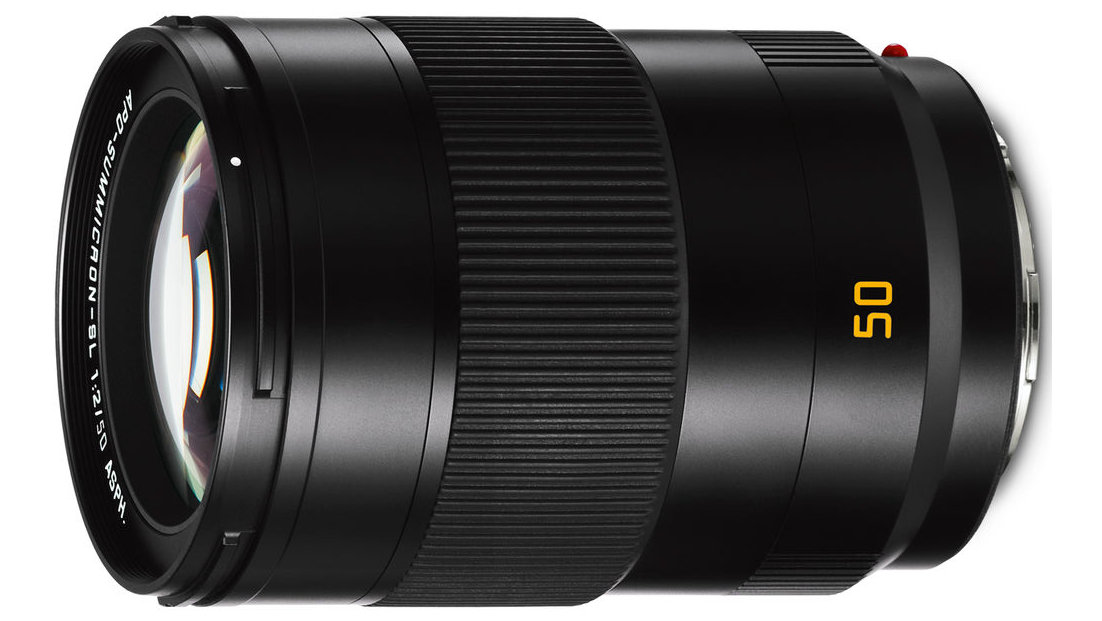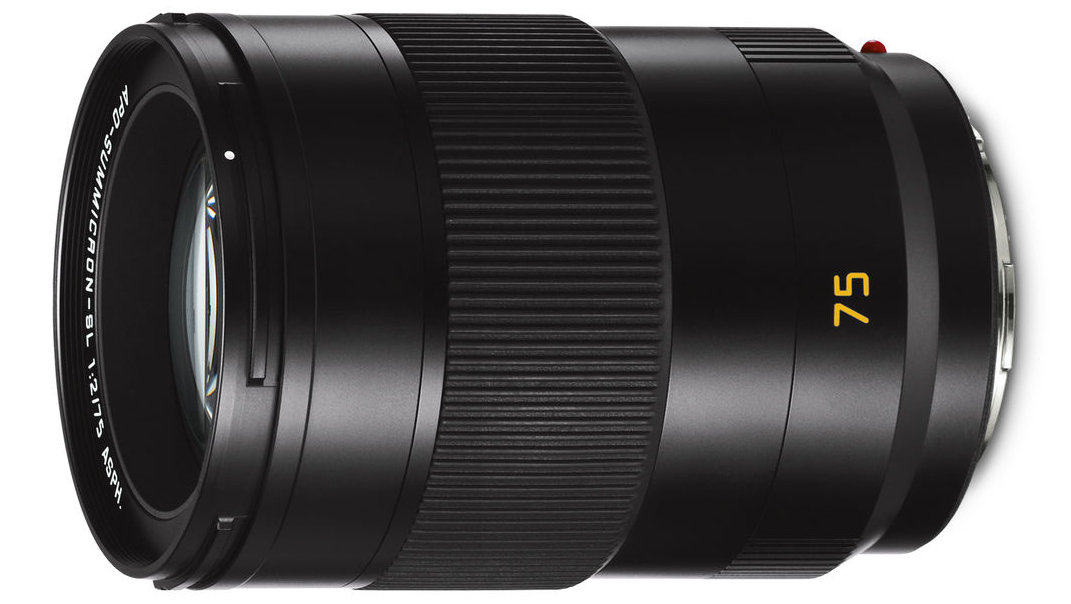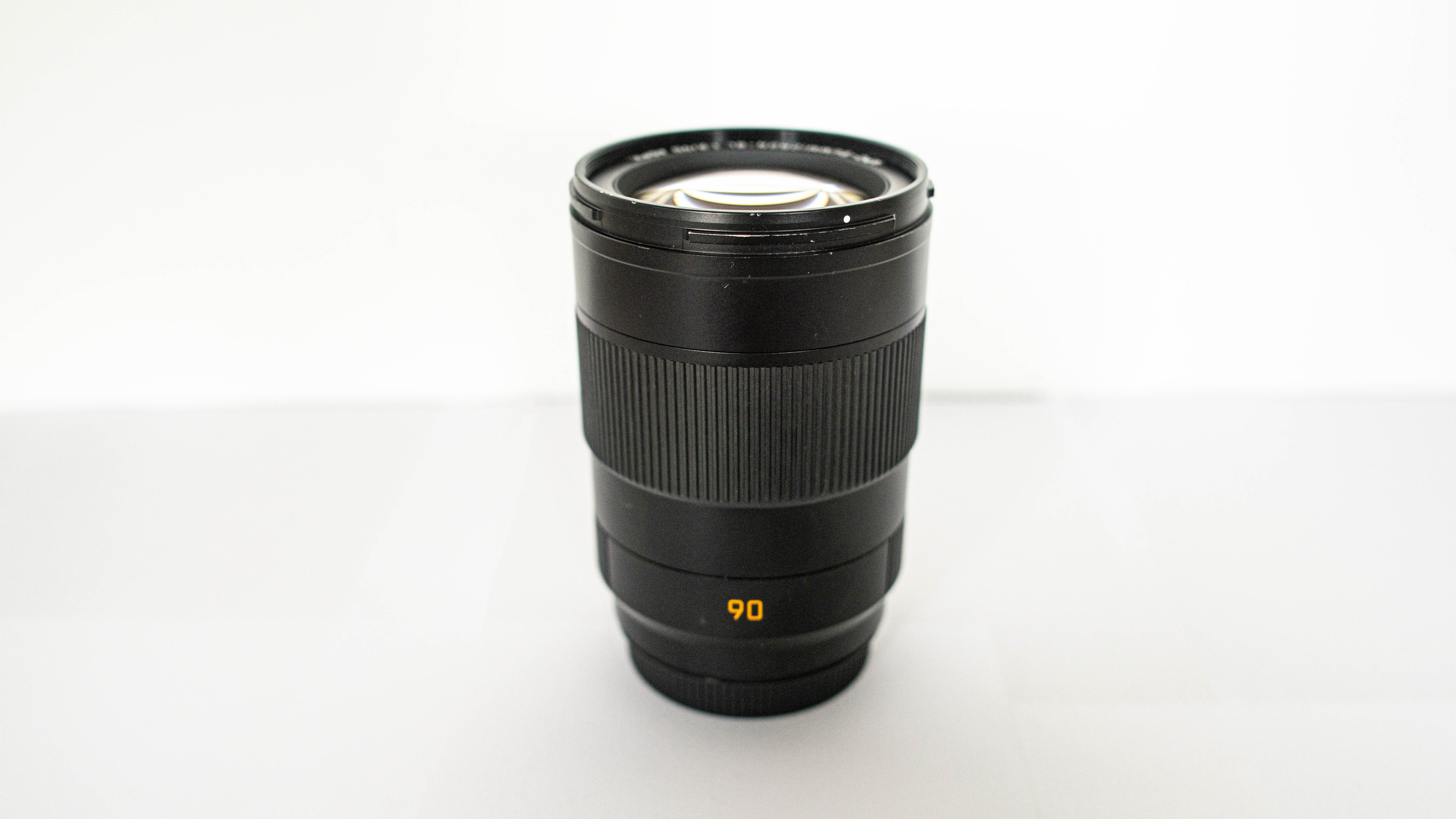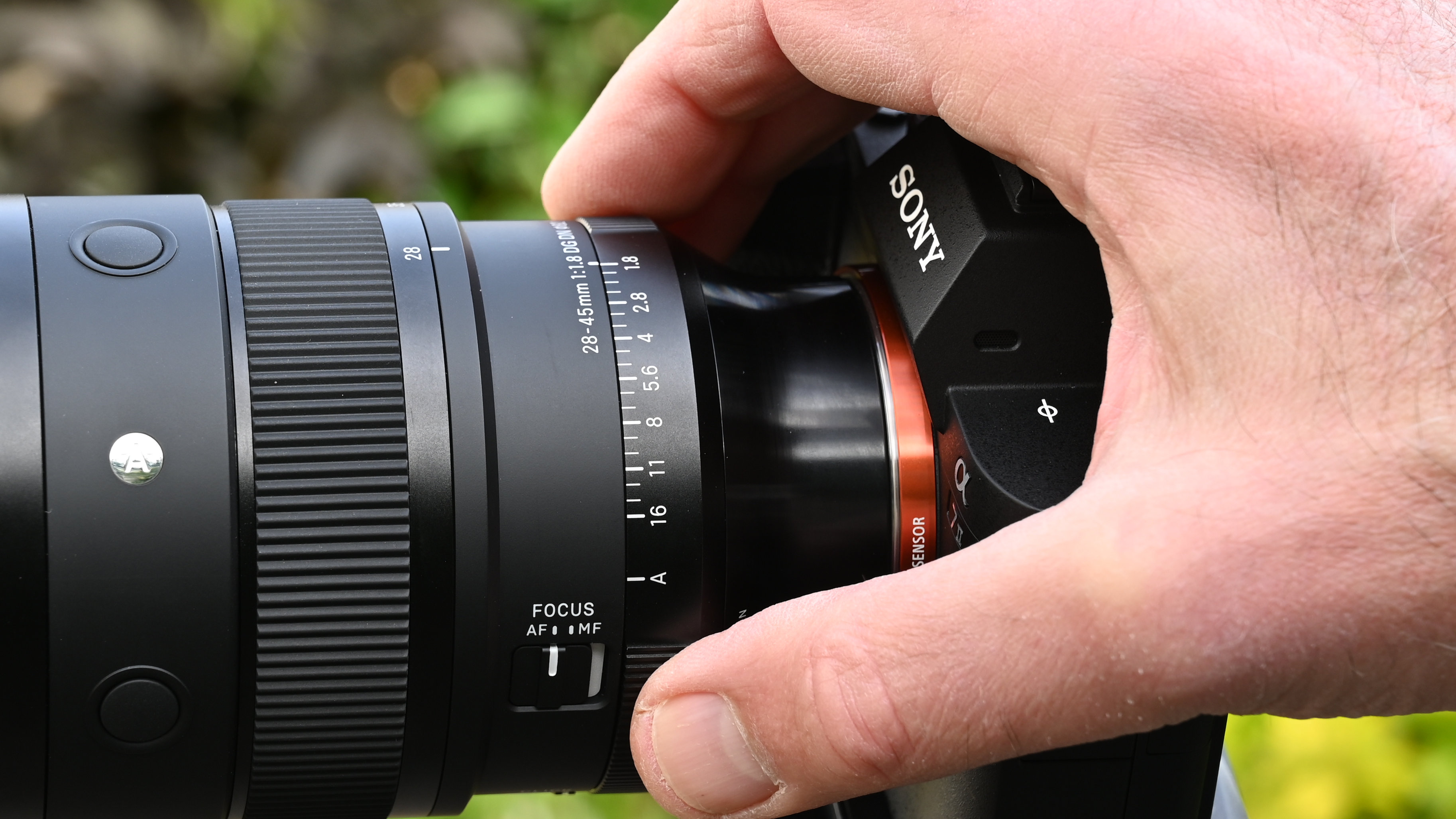The best Leica SL lenses in 2025: a guide to the full Leica SL lens range
Looking for the best Leica SL lenses? Leica’s full-frame L-mount lenses aim for optimum performance
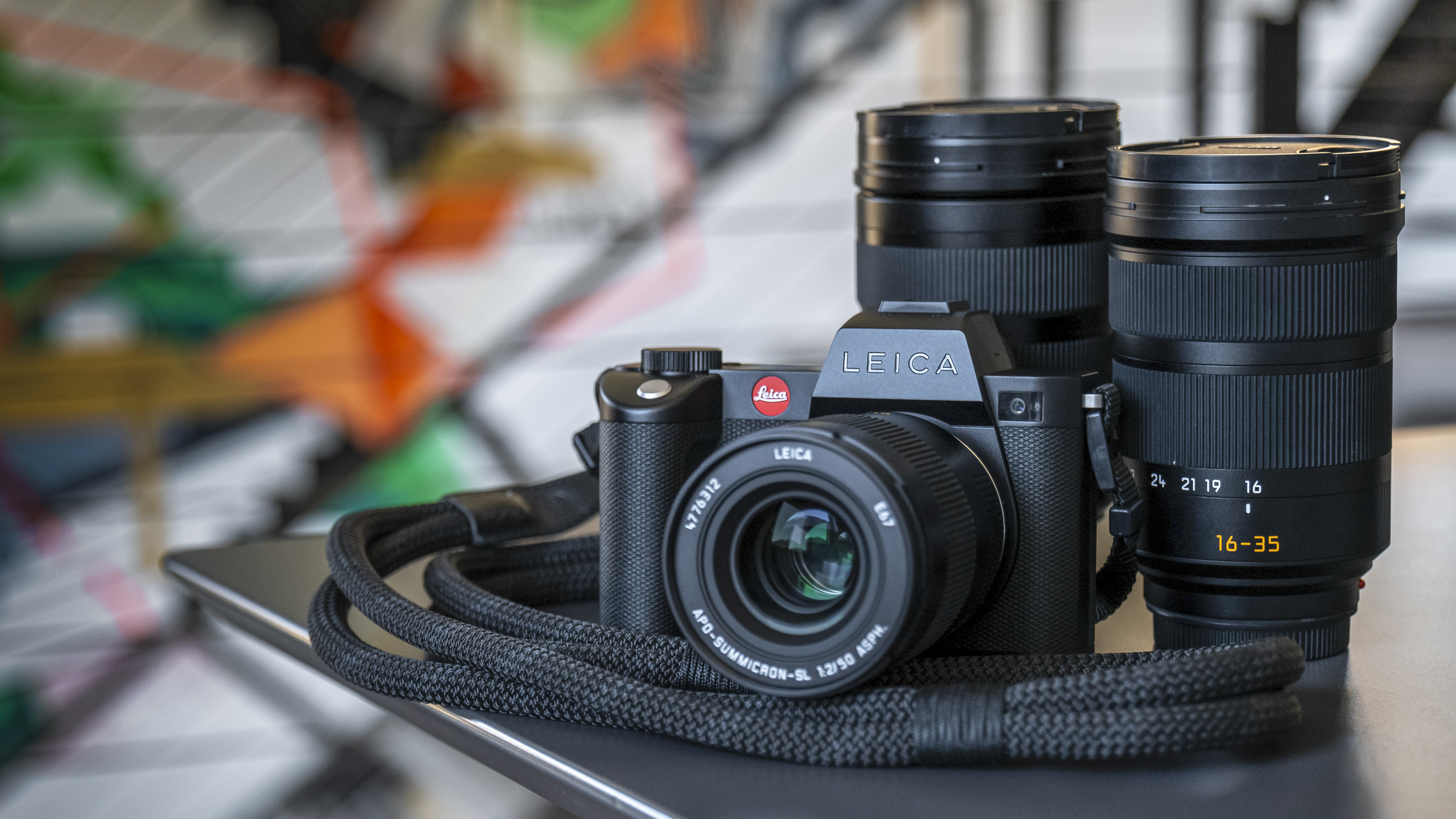
Welcome to our guide to the best Leica SL lenses – the best of the best you can get for L-mount. While the L-mount alliance between Leica, Sigma and Panasonic has grown to include many lenses at different price points, the SL range sit at the top as the best of the best. For unsurpassed quality and that premium Leica touch, you can't beat them.
Named after its founder, Ernst Leitz, Leica Camera has a rich heritage in designing and manufacturing full-frame cameras and lenses in Germany that stretches back over 100 years. The original concept was to enable large pictures to be created from relatively small negatives, placing great demands on the quality of the lens. That’s every bit as true today, with the 60-megapixel Leica SL3, and the 47-megapixel Leica SL3-S playing host to a range of exotic prime and zoom lenses.
That means these cameras are only as good as their lenses, so let’s take a closer look at all the current SL lenses and what they have to offer. For more affordable options in the same mount, check out our guide to the best L-mount lenses.

For almost twenty years, Sebastian’s photographs have appeared in international publications. Having worked with systems from Phase One, Hasselblad, Alpa, and Sinar, his photography is ultimately rooted in a long-standing dedication to Leica, which remains central to both his craft and his passion.
The quick list
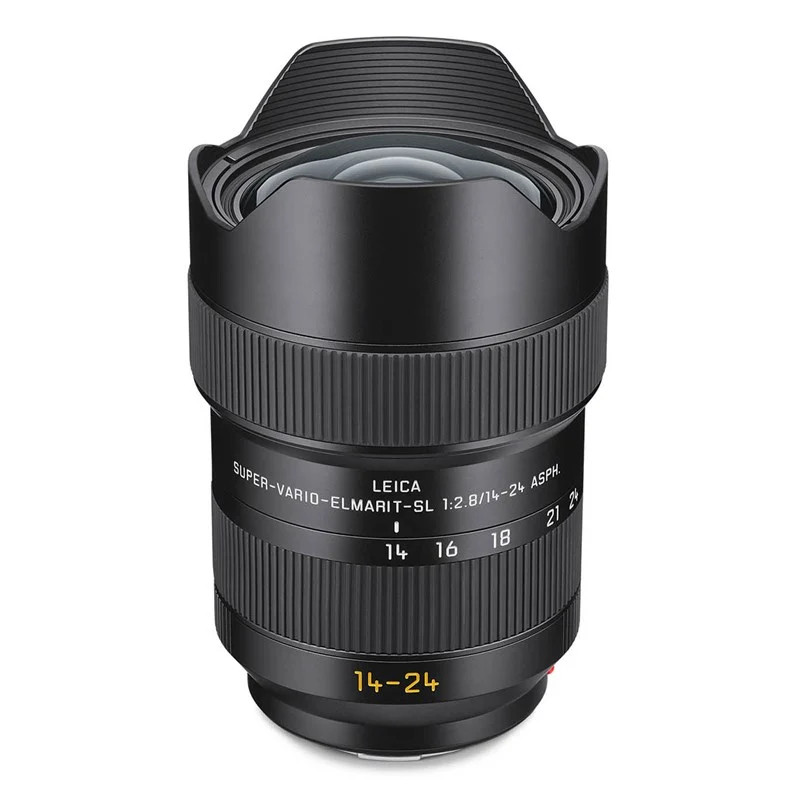
The widest zoom lens in the SL line-up, the 14-24 performs brilliantly for landscapes and astrophotography, not to mention videography as well.
Read more below
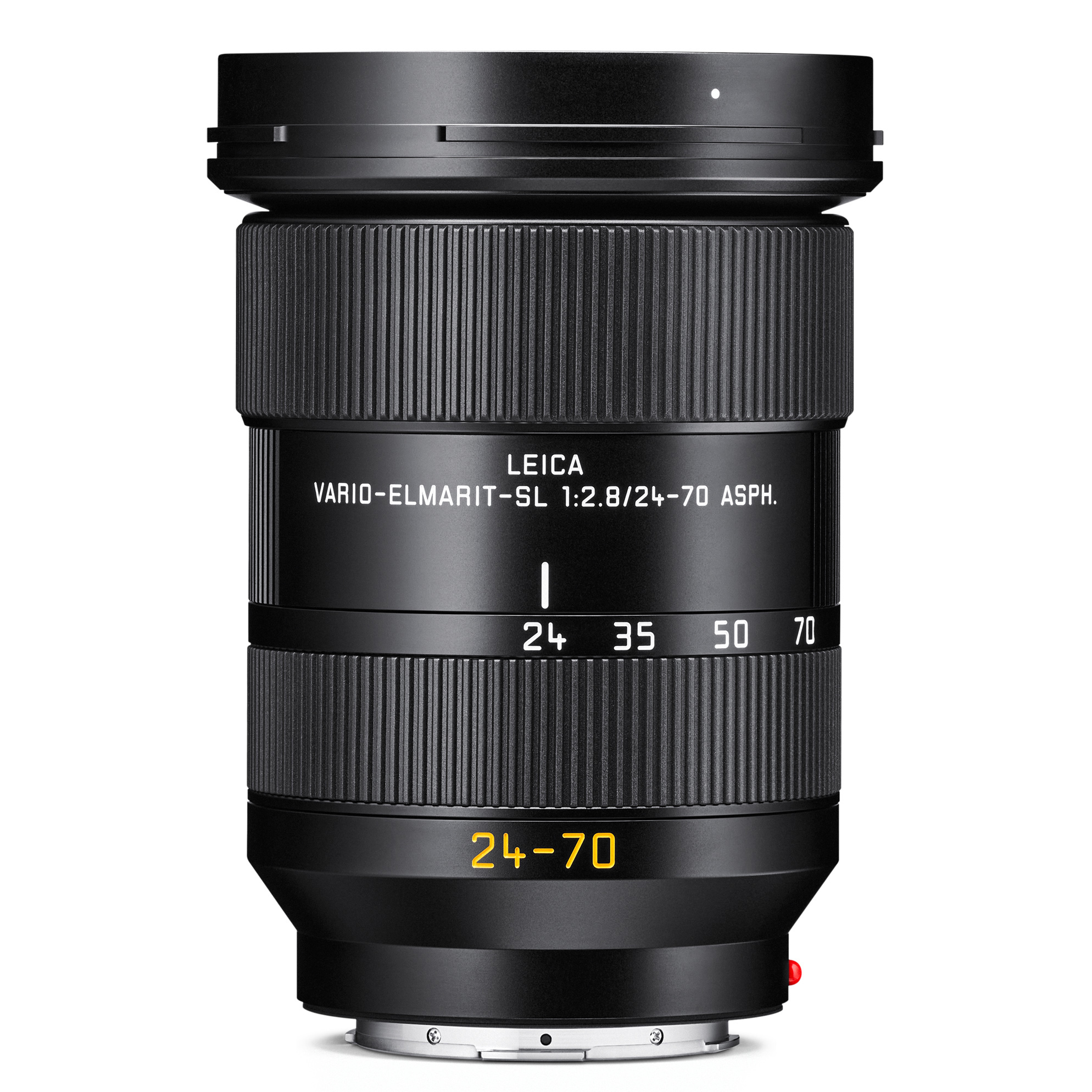
A workhorse lens in a classically versatile focal range, the Leica VARIO-ELMARIT-SL 24-70 F/2.8 ASPH is so good it's like having multiple prime lenses in one!
Read more below
Pros
- Great zoom range
- Brilliant image quality
- Excellent build quality
Cons
- External zoom design
- No stablization
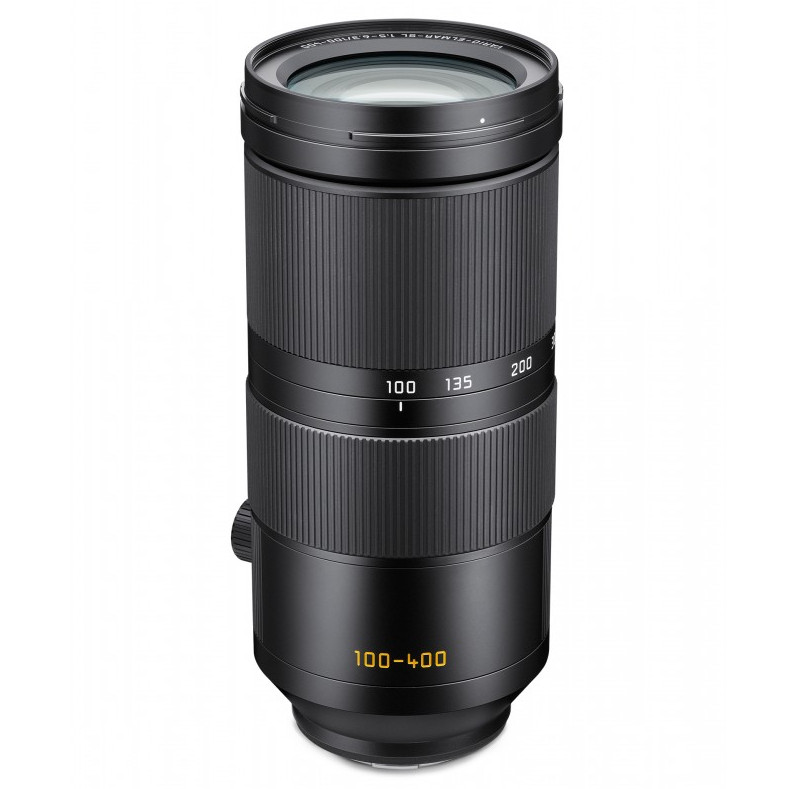
If you're looking to photograph sports and wildlife, the long 100-400mm Vario-Elmarit-SL f/5-6.3 should be your first port of call among the Leica SL lens lineup.
Read more below
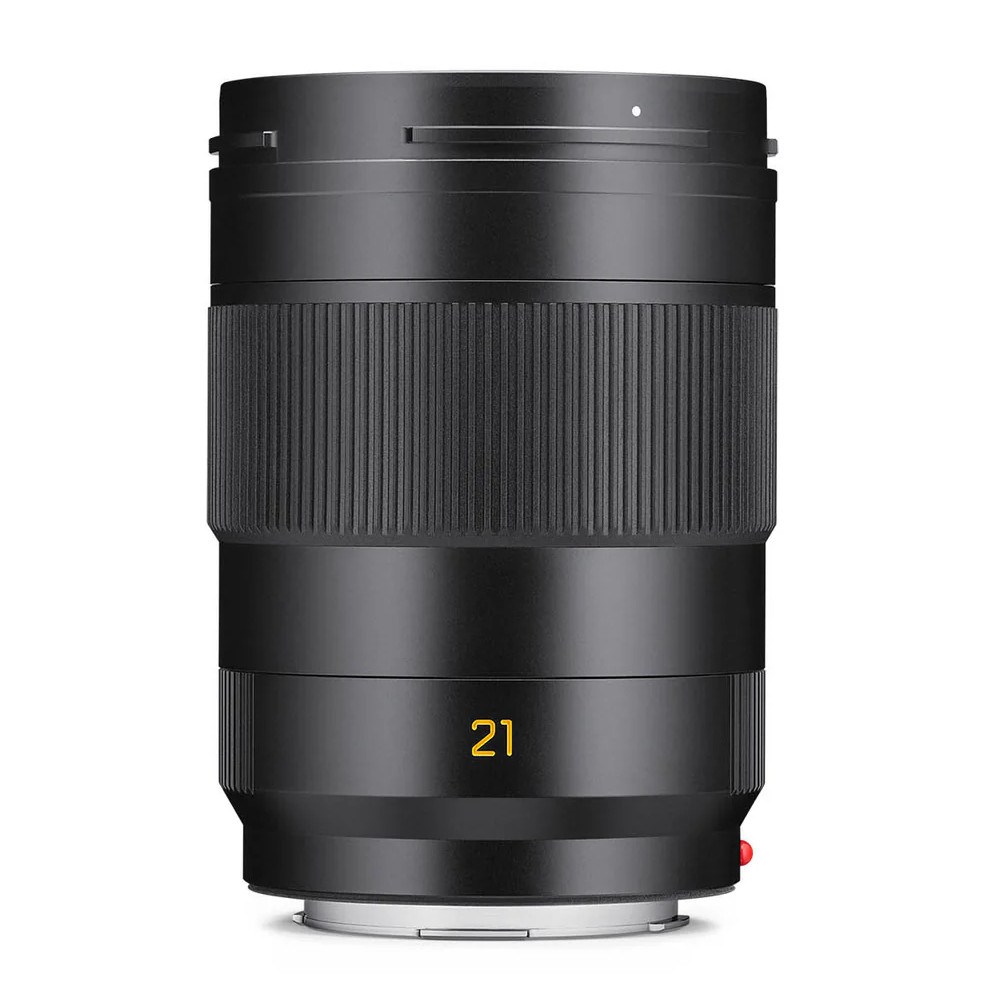
The widest-ever full-frame APO lens (according to Leica), this brilliant prime delivers superb control of aberrations and distortion for outstanding images.
Read more below
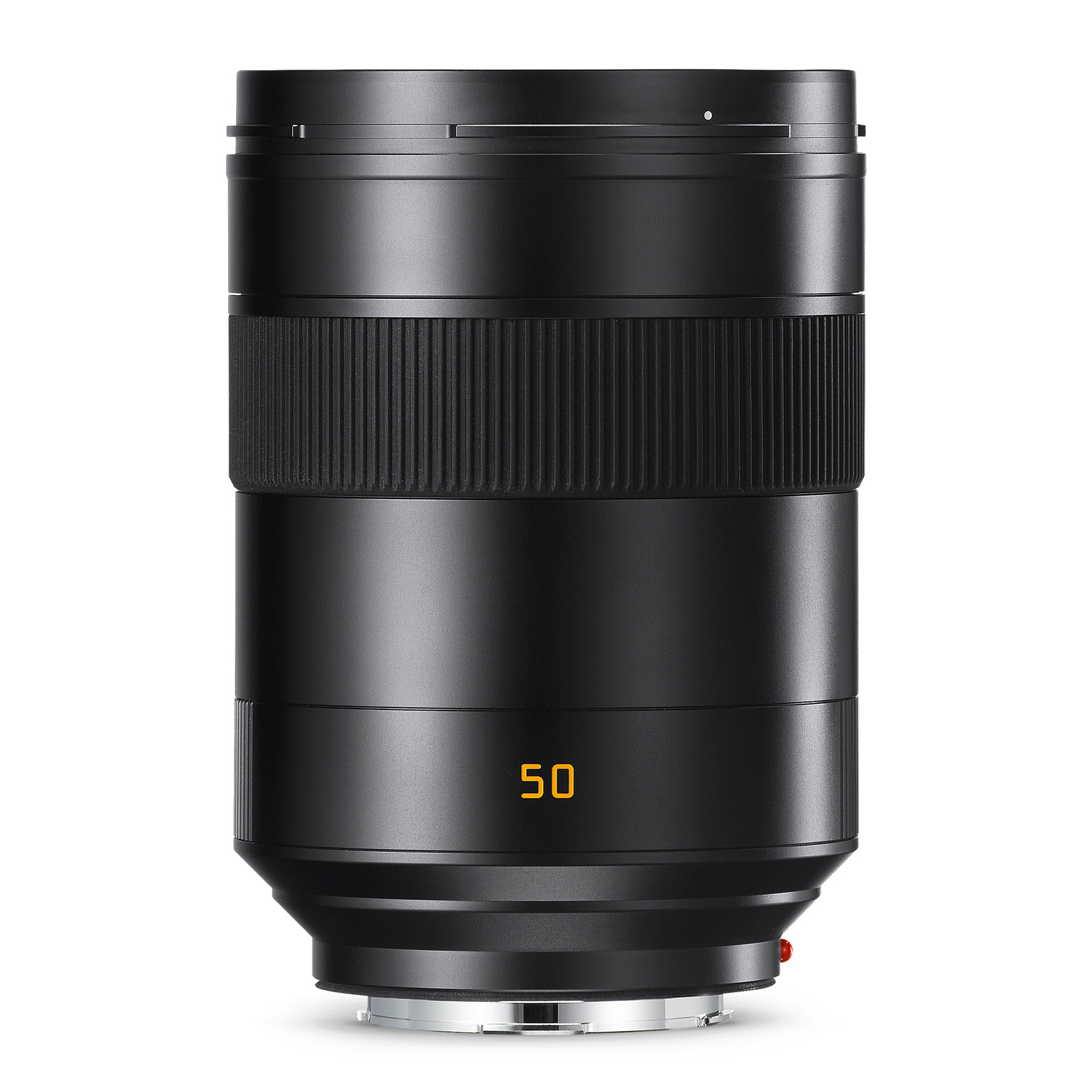
It's a big, heavy lens, but this 50mm prime delivers dazzling image quality, with a wide maximum aperture that allows for a narrow depth of field in images.
Read more below
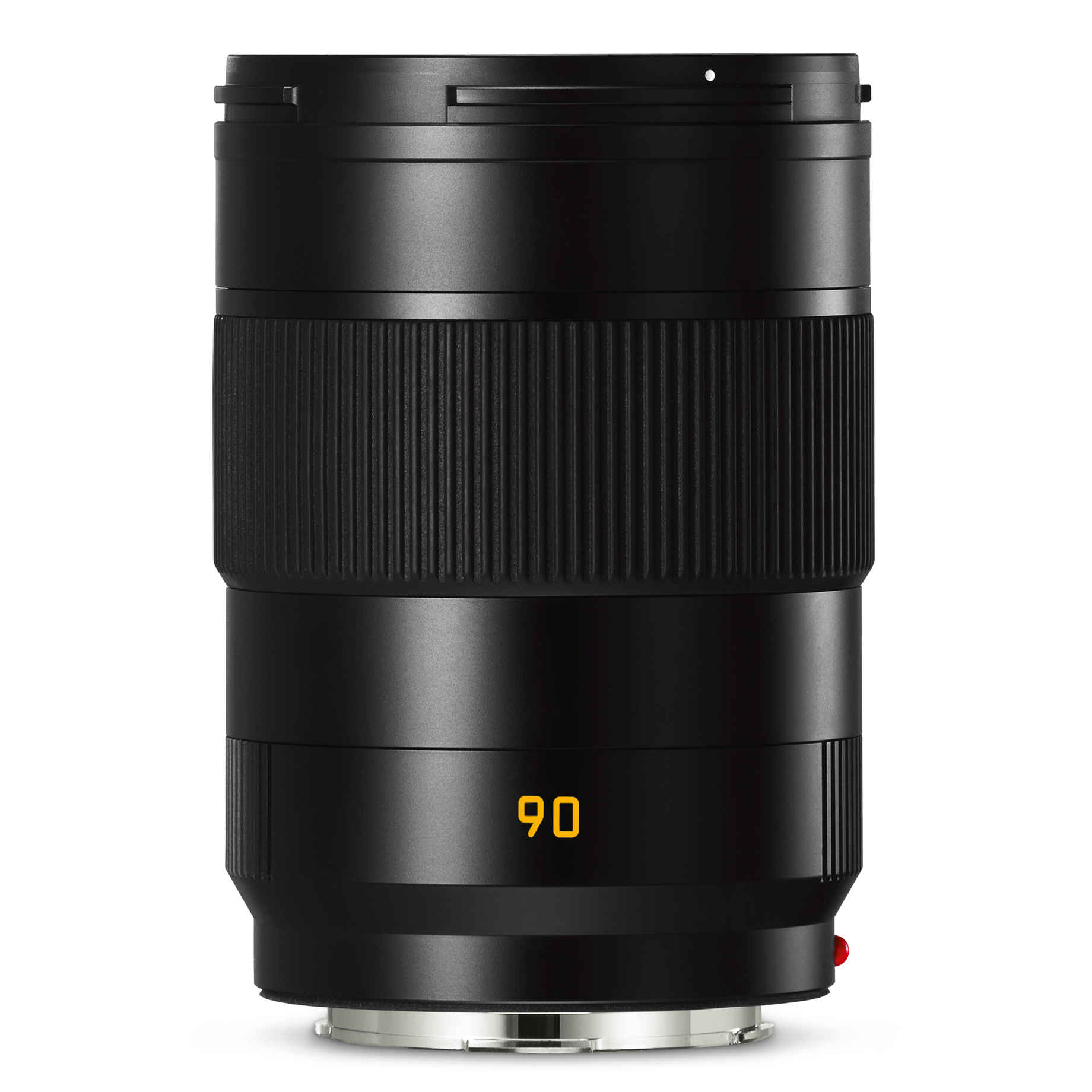
This telephoto prime is ideally suited to creating dazzling portraiture, with a flattering focal length and a wide maximum aperture of f/2.
Read more below
The Best Leica SL lenses
Why you can trust Digital Camera World
Leica SL zoom lenses
Here we have the zoom lenses in the SL line-up, ordered from the widest to the longest.
14-24 f/2.8
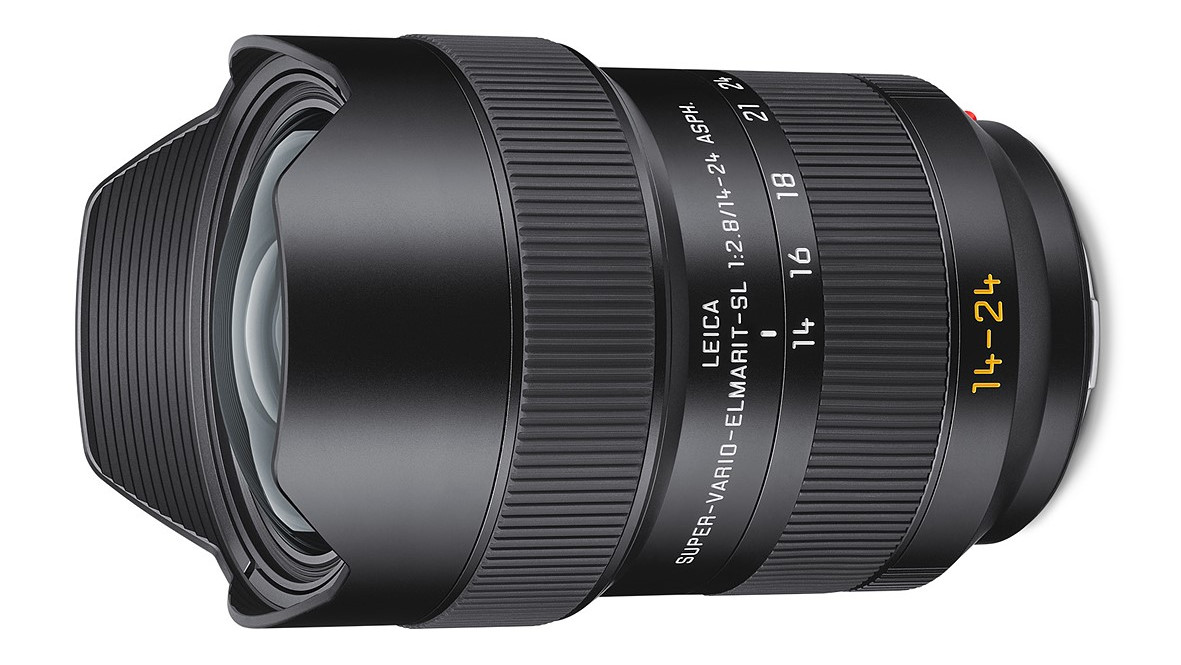
1. Super-Vario-Elmarit-SL 14-24 f/2.8 ASPH.
Specifications
Reasons to buy
Reasons to avoid
Taking up the mantle of the widest zoom in the SL range, the Super-Vario-Elmarit-SL 14-24 f/2.8 ASPH. is a powerful wide-angle that's perfectly pitched for landscapes, astrophotography and other applications where you want a generous field of view. Having the fast f/2.8 aperture run right the way through the zoom range helps you open things up creatively, and the sophisticated optical design delivers excellent control of distortion and aberrations.
The bulbous front element of this lens means that it doesn't take front-mounted filters, though there is an option to insert compatible ones via the rear bayonet mount. A premium all-metal build, with Aqua-Dura coating on the outer elements, helps protect the lens from inclement weather.
16-35 f/3.5-4.5
2. Leica SUPER-VARIO-ELMAR-SL 16–35 f/3.5–4.5 ASPH.
Specifications
Reasons to buy
Reasons to avoid
Even though it's not the widest in the range, this zoom still gives you plenty of scope for playing the angles. It can shoehorn sweeping vistas and architectural interiors into the image frame, with a relatively mighty 105.6-degree maximum viewing angle.
Meanwhile, the 0.25m minimum focus distance enables you to get in really close to the main subject within a scene, and make it stand out against a rapidly receding backdrop, to exaggerate perspective. Build quality is typically robust and features AquaDura coating, so you can keep shooting whatever the weather. Image quality is amazingly sharp throughout both the zoom and aperture ranges.
24-70 f/2.8
Specifications
Reasons to buy
Reasons to avoid
We’re well used to hearing about ‘trinity’ zoom lenses nowadays, with wide-angle, standard and telephoto versions all having a fast and constant f/2.8 aperture rating. This standard zoom does all that and more, performing brilliantly at every step of its focal range. Our reviewer, an avowed prime lens user, was bowled over enough that this lens won him over, describing it as essentially being like having four prime lenses in one. It's great for video work as well as stills, making it one of the best all-rounders in the range.
See our full Leica VARIO-ELMARIT-SL 24-70 f/2.8 ASPH review
24-90 f/2.8-4
4. Leica VARIO-ELMARIT-SL 24–90 f/2.8–4 ASPH.
Specifications
Reasons to buy
Reasons to avoid
We’re well used to hearing about ‘trinity’ zoom lenses nowadays, with wide-angle, standard and telephoto versions all having a fast and constant f/2.8 aperture rating.
This standard zoom goes beyond the usual 24-70mm standard zoom, stretching further into telephoto territory, but with the trade-off of having a variable aperture rating, which shrinks from f/2.8 to f/4 at the long end of the range. One upside is that the lens isn’t overly heavy, making it comfortable for long periods of handheld shooting, further enhanced by the inclusion of a 3.5-stop optical image stabilizer.
The complex optical path includes four aspherical elements and 11 ‘anomalous partial dispersion’ elements, the latter being highly effective in controlling chromatic aberrations.
90-280 f/2.8-4
5. Leica APO VARIO-ELMARIT-SL 90–280 f/2.8–4
Our expert review:
Specifications
Reasons to buy
Reasons to avoid
Just like with the SL 24-90mm standard zoom, this telephoto lens beats typical 70-200mm zooms with a bigger zoom range that enables longer reach, at the expense of a variable aperture rating that narrows to f/4 at the long end. Even so, at the long end, the focal length and aperture combination equates to using a 70-200mm f/2.8 lens with a 1.4x teleconverter.
The starting point of 90mm is also ideal, neatly taking over from both the standard zoom as well as the longest prime lens in the current SL line-up. It’s comparatively heavy for an SL lens, tipping the scales at 1,710g but is still sufficiently lightweight for comfortable handheld photography which, as with the 24-90mm lens, benefits from a 3.5-stop optical image stabilizer.
100-400 f/5-6.3
Specifications
Reasons to buy
Reasons to avoid
Super telephoto zooms are all the range due to being relatively lightweight and extremely versatile, and the Leica 100-400mm Vario-Elmar-SL f/5-6.3 is no exception, with this lens you get an extreme amount of coverage in a well-balanced package that's perfect for wildlife, birding or sports.
While its maximum aperture is f/5 at 100mm and goes down to f/6.3 aperture at 400mm this lens is able to produce some beautiful images shot wide-open, and stopped down to f/8- I would say between f5.6 and f/8 is the sweet spot for great images and while it is a bit fiddly to zoom, once you get the hang of it the lens performs extremely well.
Read our full Leica 100-400mm Vario-Elmarit-SL f/5-6.3 review
Leica SL prime lenses
In this section, we're running through the prime lenses for the SL range – once again, in the order of widest-angle to longest telephoto.
21 f/2
6. Super-APO-Summicron-SL 21 f/2 ASPH.
Specifications
Reasons to buy
Reasons to avoid
Leica is clearly very proud of this new super-wide addition to the line-up, stressing to anyone who'll listen that it's the world's first APO (apochromatic) lens with a 21mm focal length. As you might expect, that means this lens is a costly proposition even by the lofty standards of the SL range – however, it's also a truly dazzling performer, with brilliant sharpness and unreal control of chromatic aberration and distortion.
With a 21cm minimum focusing distance, you can get good and close to your subjects, and the bokeh quality from the f/2 aperture is also sumptuous. It's a highly creative lens that delivers absolutely fantastic imagery. Yes, there are many options for L-mount that are much, much cheaper – but given that you're already halfway down a Leica lens guide, we're guessing you don't mind spending a bit more to get that irreplaceable quality.
28 f/2
7. Leica APO-SUMMICRON-SL 28 f/2 ASPH.
Specifications
Reasons to buy
Reasons to avoid
Billed by Leica as a modern classic, this prime lens has a focal length that’s been highly popular down the decades, for it’s wide-angle view. Like all the other Summicron lenses in the line-up, it has an f/2 aperture rating which, despite the relatively short focal length, can deliver quite a tight depth of field for isolating the main subject, at least at the short end of the focus distance range, which also enables a 0.2x magnification ratio.
it to say you can get in close and create dramatic wide-angle perspective effects. Image quality is excellent in all respects, boosted by three aspherical elements which have six aspherical surfaces in total.
35 f/2
8. Leica APO-SUMMICRON-SL 35 f/2 ASPH.
Specifications
Reasons to buy
Reasons to avoid
In full-frame shooting, the 35mm focal length is often preferred for street photography, thanks to its moderately wide-angle perspective. It’s also great for reportage, architectural photography, environmental portraiture and more.
As with other Summicron lenses, there’s a fairly modest f/2 aperture rating but you can still isolate the main subject very effectively. Lecia says this is because the optical design makes perceived contrast particularly strong for in-focus areas, dropping away in defocused areas to give a three-dimensional effect with real ‘snap’.
While autofocus is typically fast and virtually silent, the electromagnetically coupled focus ring works really well for manual focusing, as in other SL lenses, which is a bonus for traditional street photography.
50 f/1.4
Specifications
Reasons to buy
Reasons to avoid
Weighing in at over a kilogram, this standard lens is about a third heavier than any of the other SL prime lenses in Leica’s line-up, and noticeably bigger with an 82mm rather than 67mm filter thread. The 82mm attachment thread is also used in all of Leica’s current SL zoom lenses.
The key attraction of the 50mm Summilux over the Summicron edition is that the aperture is boosted from f/2 to f/1.4. A tighter depth of field is therefore available, along with faster shutter speeds for freezing motion. It’s the only SL prime that lacks APO credentials but, even so, both lateral and longitudinal chromatic aberrations are extremely minimal.
The minimum focus distance is about twice as long as in the Summicron 50mm and the maximum magnification ratio is only half, at 0.1x, so it’s less ideal for extreme close-ups.
See our full Leica 50mm Summilux-SL f/1.4 ASPH. review
50 f/2
10. Leica APO-SUMMICRON-SL 50 f/2 ASPH.
Specifications
Reasons to buy
Reasons to avoid
A major handling benefit of Zeiss Summicron SL primes is that, regardless of focal length, they’re all pretty much the same and weight. Handling therefore feels entirely consistent when swapping between lenses, even when focusing manually.
The downside is that, for a 50mm f/2 lens, this one feels a bit on the heavy side, although it’s significantly smaller and lighter than the f/1.4 Summilux lens. That said, it’s wonderfully robust and well-engineered. The range of three aspherical elements with four aspherical surfaces, and the typical use of ‘anomalous dispersion glass’ keeps chromatic aberrations to an absolutely negligible level.
75 f/2
11. Leica APO-SUMMICRON-SL 75 f/2 ASPH.
Specifications
Reasons to buy
Reasons to avoid
Designed as a ‘universal lens for all situations’, this 75mm prime aims to bridge the gap between standard and telephoto focal lengths. As such, it’s highly versatile and works well in all sorts of situations, from street photography to intimate portraiture, as well as being ideal for shooting wildlife and action sports.
As with other SL lenses, the Dual Synchro Drive autofocus system is super-fast and virtually silent, while high-speed communication with the camera body also enables similarly fast and accurate control of the electronically driven aperture diaphragm. Sharpness and contrast are typically excellent, even when shooting wide-open at f/2.
90 f/2
Specifications
Reasons to buy
Reasons to avoid
Arguably better than the SL 75mm prime for portraiture, this lens enables a more natural working distance for intimate head-and-shoulders portraits, with the added bonus of an even tighter depth of field. Fast and impressively consistent autofocus performance combines with superb optical abilities to deliver superb results time after time.
Thanks to the lens’s short 0.6m minimum focus distance, it delivers the same 0.2x maximum magnification as the 75mm lens, making it highly suitable for isolating small areas in still life images, against defocused surroundings. Despite having the longest focal length of all the Summicron primes in the line-up, it’s still the same size and weight, and is easily manageable.
See our full Leica 90mm APO Summicron-SL f/2 ASPH review
How to choose the best Leica SL lenses
Leica uses the ‘L mount’ for its full-frame digital camera bodies and interchangeable lenses, which have now been adopted in an alliance between Leica Camera, Panasonic, Sigma, DJI, ASTRODESIGN, Blackmagic Design, DJI and Samyang (Rokinon in the US).
The large mounting flange of 51.6mm and its close proximity of 20mm from the image sensor ensures optimum performance with both full-frame and APS-C format camera bodies. The short flange distance also enables the effective use of mount adapters, opening the doors to more than 150 lenses in Leica’s back catalog.
While the L-mount alliance enables you to mix and match camera bodies and L-mount lenses from Leica, Panasonic, and Sigma, we’re focusing on Leica’s own SL prime and zoom lenses in this guide. Indeed, ‘focusing’ is a salient point. Think Leica lenses and you’re probably thinking ‘manual focus’, as with the lenses covered in our guide to the best Leica M lenses. By contrast, the SL line-up boasts fast, virtually silent, and highly precise autofocus technology, based on the combination of advanced control algorithms within the camera body and ‘Dual Synchro Drive’ motors in the lenses.
Famous names feature in the line-up of SL lenses, derived principally from aperture ratings. The 50mm Summilux prime has a fast aperture of f/1.4, whereas the Summicron primes have a more modest aperture rating of f/2. ‘Vario’ applies to zoom lenses, with an Elmar f/3.5-4.5 wide-angle optic available, as well as standard and telephoto Elmarit zooms available, with an f/2.8-4 aperture rating. All but one of the prime lenses in the current line-up have an APO ‘Apochromatic’ designation, along with the telephoto zoom. This signifies that the optical design keeps chromatic aberrations to absolutely negligible levels.
Remarkably, apart from the faster 50mm f/1.4 lens, all of the primes in the range, which stretch from focal lengths of 28mm to 90mm, are the same size and very similar in weight, as well as taking the same 63mm filter thread. They’re designed to deliver sumptuous image quality and superb all-round performance but with a fairly compact and lightweight build.
Naturally, the zoom lenses are larger and heavier but add versatility. They have a bigger 82mm filter thread, as does the 50mm f/1.4 prime, and the two longer zooms also benefit from optical image stabilization.
How we test lenses
We test lenses using a mix of both real world sample images and lab tests. Our lab tests are carried out scientifically in controlled conditions using the Imatest testing suite, which consists of custom charts and analysis software that measures resolution in line widths/picture height, a measurement widely used in lens and camera testing. We find the combination of lab and real-word testing works best, as each reveals different qualities and characteristics.
Read more:
Best Leica cameras
Leica SL2 review
Leica SL3 review
Leica SL2-S review
Best Leica M lenses
Best professional cameras
The best camera deals, reviews, product advice, and unmissable photography news, direct to your inbox!

For nearly two decades Sebastian's work has been published internationally. Originally specializing in Equestrianism, his visuals have been used by the leading names in the equestrian industry such as The Fédération Equestre Internationale (FEI), The Jockey Club, Horse & Hound, and many more for various advertising campaigns, books, and pre/post-event highlights.
He is a Fellow of the Royal Society of Arts, holds a Foundation Degree in Equitation Science, and holds a Master of Arts in Publishing. He is a member of Nikon NPS and has been a Nikon user since his film days using a Nikon F5. He saw the digital transition with Nikon's D series cameras and is still, to this day, the youngest member to be elected into BEWA, the British Equestrian Writers' Association.
He is familiar with and shows great interest in 35mm, medium, and large-format photography, using products by Leica, Phase One, Hasselblad, Alpa, and Sinar. Sebastian has also used many cinema cameras from Sony, RED, ARRI, and everything in between. He now spends his spare time using his trusted Leica M-E or Leica M2, shooting Street/Documentary photography as he sees it, usually in Black and White.
